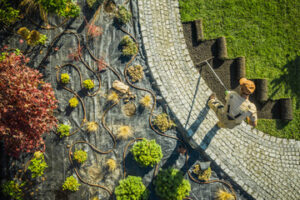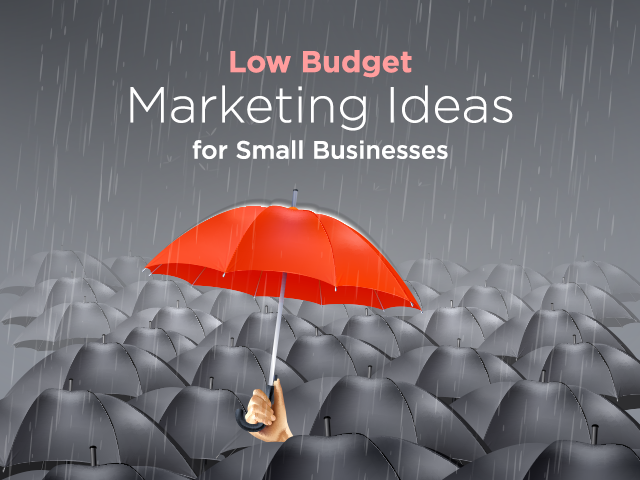A relaxing landscape encourages you and your family to spend more time outside. It offers a place to unwind and relax with a book, have an outdoor conversation or host friends.

The different elements of a landscape must work together to create harmony. The use of various shapes, sizes and colors of plants heightens this sense of harmony. Contact Florence Landscaping for specialized services.
Savvy use of color can make a big difference in the look of your landscape. It can bring a unifying element to a design or draw attention to a focal point. It can also create depth and separate different areas of the garden. Warm colors like red, yellow, and orange attract the eye and make objects seem closer together, while cool colors like blue, green, and purple provide a sense of calm.
Color can be found in both softscape elements (plants, shrubs, flowers) and hardscaping elements like pavers, walkways, walls, and other structures. Both the colors of these elements and their textures can help create a balanced and cohesive landscape design.
A fundamental concept in color theory is unity, which refers to the overall agreement of the selected design elements. A common way to create unity is to use the Rule of Three. For example, lining up plants with the same plant type, size, and color in a row or planting similar flower colors side-by-side helps create a cohesive design.
Another important concept in landscape design is contrast, which means using contrasting shades, plant sizes, shapes, and textures to draw the viewer’s attention to particular elements of the design. For example, combining red rhododendrons with orange azaleas and yellow daffodils creates an eye-catching combination that will make your garden stand out. Contrast can also be achieved by using a monochromatic color scheme, which uses tints and shades of one single color.
Texture
The texture of a landscape element affects its balance in the garden. It also influences how it looks up close and from a distance. A landscape designer can use a variety of textures in plant material and hardscape materials.
Texture can also create a sense of hierarchy in the landscape. Using plants with large bold foliage like agaves, magnolias, and hydrangeas in the front of the landscape with more delicate flowers or grasses behind them will create a sense of depth and distance. The same effect can be achieved with hardscape elements such as stones, pavers and paving materials.
Using a variety of textures is one of the most important elements in landscaping. It adds visual interest and creates a unified look to the whole garden. Using different textures with a consistent color palette helps to elevate the overall design.
Creating unity in your landscape is the final step in the design process. It ensures that all of the landscape elements work together to form a cohesive whole. This can be accomplished through repetition, scale or the Rule of Three. For example, lining up three identical pots or plants in a row creates a rhythm that is pleasing to the eye. Creating unity in the landscape is especially important when dealing with larger elements such as trees and bushes. The more unified the design, the easier it is to maintain and enjoy.
Focal Point
Focal points are a crucial aspect to landscape design, drawing the eye and directing it throughout the garden or front yard. They can be as simple as a colorful container garden, as grand as a water feature or even as simple as an ornately carved stone statue. Focal point landscaping is what makes certain gardens and yards ‘pop’ while others seem a bit underwhelming despite quality plantings.
A focal point can be a new addition to the landscape or it may be built upon existing plantings and design features. It is important that focal points be carefully designed to enhance and complement each other and not overwhelm the overall landscape design. They can be a combination of straight lines to direct the eye and curved lines that present a flowing effect.
The use of symmetry is also an effective way to create focal points. Focal points do not have to be permanent either; they can change with the seasons. A firepit becomes the center of attention on a warm summer night but it will become less of a focal point during dreary winter weather.
When designing focal points, it is also important to consider the scale of your landscape. Focal points should be proportional to the size of your home and other landscape elements. The use of contrasting colors and textures also works well in creating focal points.
Movement
A well-designed landscape creates an ambiance of serenity and calm that can help to lower stress levels. It is also known that spending time in nature helps to improve focus and memory. A beautiful and well-maintained landscape is also attractive to prospective homebuyers. In fact, real estate agents often recommend that homeowners invest in professional landscaping to increase the value of their property.
In order to have a cohesive design, it is important for the various elements of a landscape to flow together. There should be a smooth transition from one area to another, for example a walkway should not end abruptly in the middle of a lawn. The various aspects of a landscape should also work in harmony, for example the colors and textures of different plants should compliment each other. A sense of rhythm can also be created through the use of repetition, for example a row of trees or a pond.
When it comes to choosing a landscape, the options are endless. It is important for homeowners to have a clear idea of what they want from their landscape, so that they can communicate this to their landscape professional. For example, some people may want a combination of hardscape (patios and other built features) with softscape (living organic plant material such as trees, shrubs and flowers). Others may prefer to have a specific garden style that they find appealing, such as tropical or Mediterranean, while still others may want to create a sustainable landscape that saves water and promotes natural habitat.
Sequence
A landscape must be unified, with each element working to create a whole. This is often accomplished through the use of a design theme or style, such as Formal Gardens or Japanese Gardens. However, it can also be achieved through other means, including dominance, interconnection and simplicity in arranging textures, colors and forms.
In the context of landscaping, sequence refers to a progression from one area of your landscape to another. A logical flow of elements can help convey a sense of order and unity, while at the same time creating an enjoyable experience for your visitors.
One example of this is the Fibonacci Sequence, a series of numbers that appear in nature in many forms, from the spirals of seashells to the branching of trees. This sequence can be used to create an ordered, yet natural looking landscape, using plants with a similar shape and color.
It is also important to incorporate your architecture and existing landscape into the overall design. This ensures that the transition from public to private space is smooth and comfortable, rather than jarring. It also helps create a sense of harmony, where the landscape and architectural materials compliment each other rather than clashing.
Focalization
A focal point is the element that draws your eye and adds a pop of interest to a garden. Focal points can be as simple as a garden statue or as elaborate as a fountain. They can also be a grouping of plants or hardscape features such as a pergola or trellis. Focal points create a sense of hierarchy in the landscape and are a great way to draw attention to your home.
Rhythm is the repetition of similar forms at a regular interval, creating a continuous movement in your landscape design. The interval may be time, space or size. The repetition of shapes, line, form, color and texture creates a rhythm that adds depth to your landscape. This principle is often referred to as the rule of thirds. Rhythm can also be achieved by using varying plant heights, leaf sizes and textures to create contrast and highlight key elements.
Proximal/distal balance is the arrangement of objects that appear to be of equal visual weight and is achieved by balancing foreground, midground and background landscape components. The foreground can be enhanced by contrasting colors, textures or forms while the middle ground may be unified with an area of transition. Finally, the background can be emphasized by the use of a single, dramatic feature.
